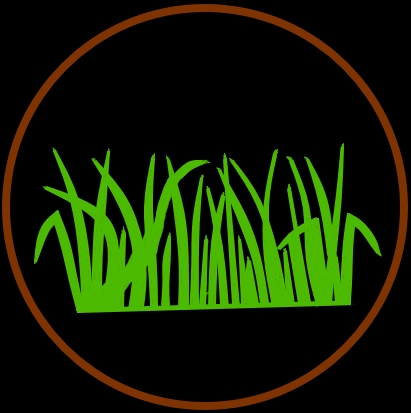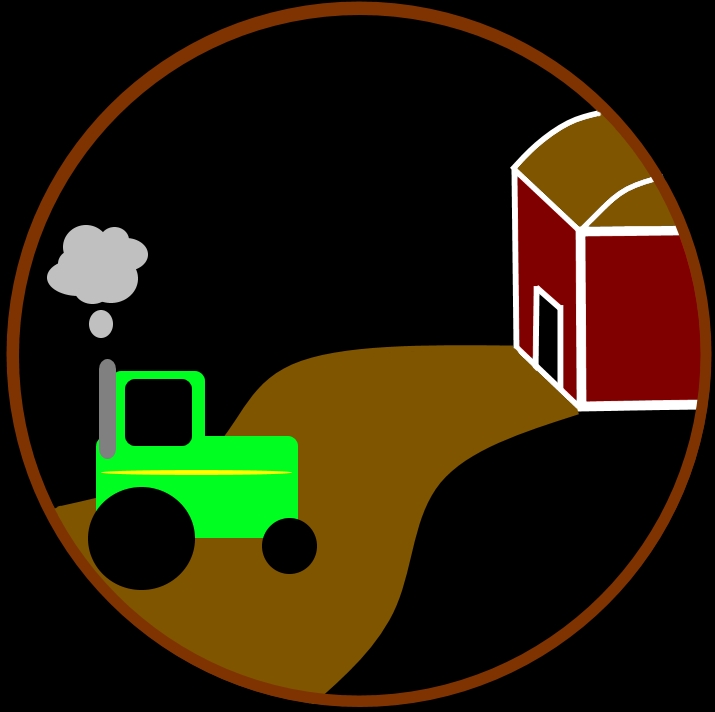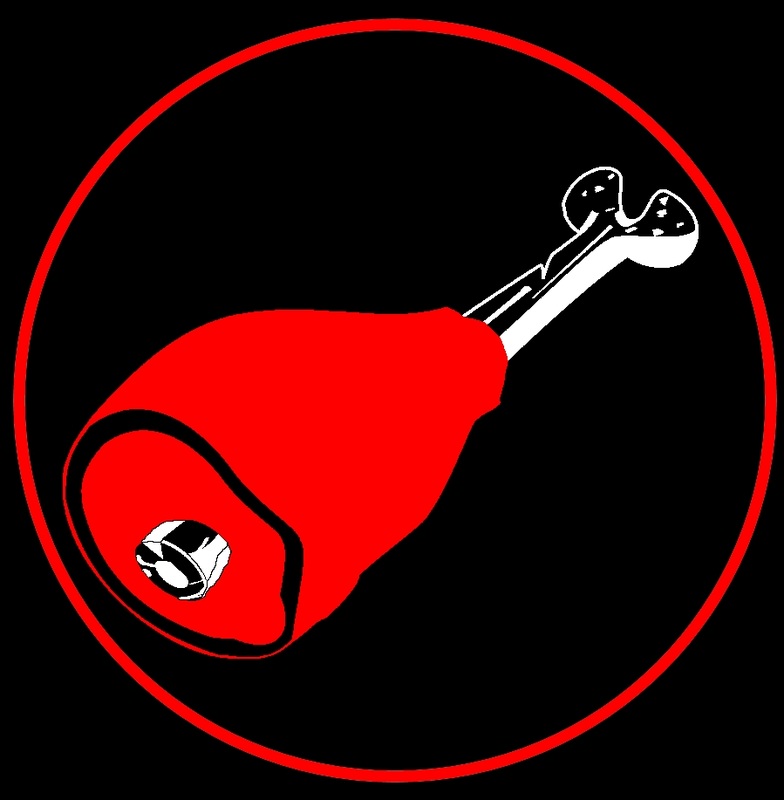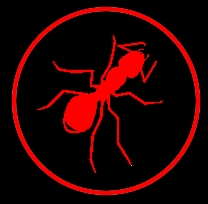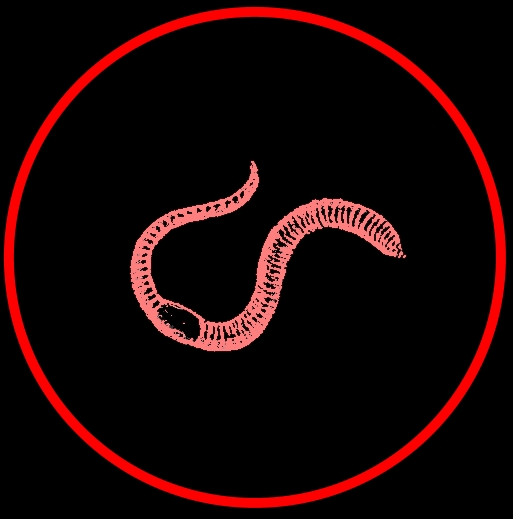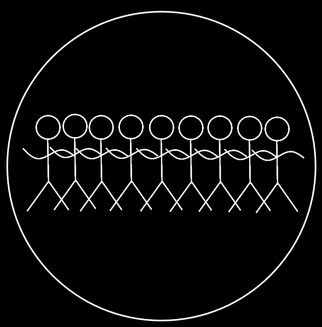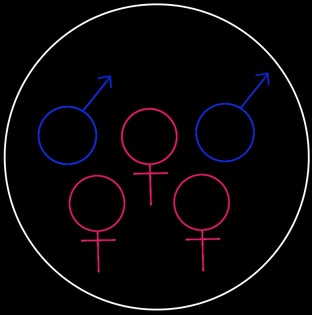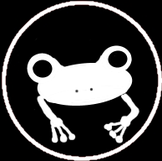Midwife Toad
Alytes sp.
Where is it found?
Ponds and slow moving rivers, open rocky landscapes, meadows, forests, agricultural land and urban areas.
Diet and foraging method
Key adaptations
Midwife toads have warts on their back which give off a strong smelling poison when threatened.
Social organisation and mating system
Solitary
Gather in groups to breed and are polgynandrous.
Did you know that...?
Male midwife toads carry their fertilised eggs on their backs and legs until they are ready to hatch. This provides superb protection as stationary eggs would be much more likely to be eaten by a predator.
Taxonomy
Picture credits:
Maps from: http://species.mol.org/species/
"Benny Trapp Alytes cisternasii" by Benny Trapp - Own work. Licenced under CC BY 3.0 via Wikimedia Commons - https://commons.wikimedia.org/wiki/File:Benny_Trapp_Alytes_cisternasii.jpg#/media/File:Benny_Trapp_Alytes_cisternasii.jpg
"AlytesObstetricansMaleWithEggs" by Christian Fischer. Licenced under CC BY-SA 3.0 via Wikimedia Commons - https://commons.wikimedia.org/wiki/File:AlytesObstetricansMaleWithEggs.png#/media/File:AlytesObstetricansMaleWithEggs.png
"Benny Trapp Alytes cisternasii" by Benny Trapp - Own work. Licenced under CC BY 3.0 via Wikimedia Commons - https://commons.wikimedia.org/wiki/File:Benny_Trapp_Alytes_cisternasii.jpg#/media/File:Benny_Trapp_Alytes_cisternasii.jpg
"AlytesObstetricansMaleWithEggs" by Christian Fischer. Licenced under CC BY-SA 3.0 via Wikimedia Commons - https://commons.wikimedia.org/wiki/File:AlytesObstetricansMaleWithEggs.png#/media/File:AlytesObstetricansMaleWithEggs.png




